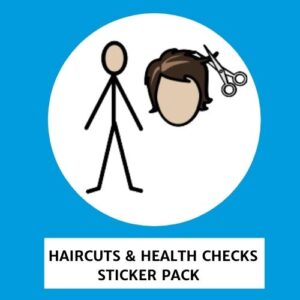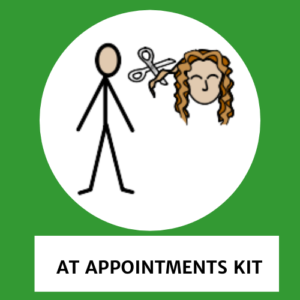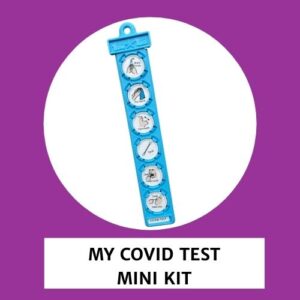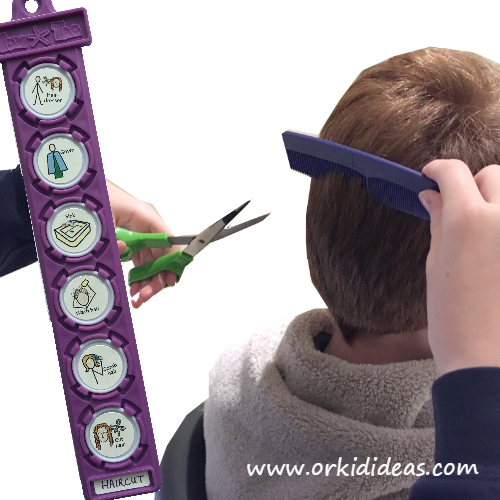
Fear of the unexpected, communication difficulties and sensory processing issues are some of the reasons why going to appointments at the doctor, dentist or hairdresser can be challenging and distressing for people with autism.
In this blog, we’ll look at how you can help your child prepare for health-related appointments and develop the skills and strategies to cope with and understand these events to improve their long-term health and well-being.
I know what to expect at appointments can help you prepare for visits to the doctor, dentist, optician, hospital, therapist or hairdresser. Here are some strategies that can be adapted to take into account your child’s level of understanding and individual needs and will hopefully make these visits more bearable for everyone.
 Prepare
Prepare
See if you can arrange some ‘friendly’ visits before the actual appointment so that your child can become familiar with the surroundings – perhaps they can be shown the equipment that is used, sit in the chair, etc. This will help to de-sensitise your child and can flag up issues you may not have considered so that you can address them before going to the real appointment. It will also give you an opportunity to explain to the professional about the particular needs of your child and tell them some of the things they can do to help.
It’s a good idea to try to schedule appointments for when your child is likely to be at their best and when the surgery or salon is quietest – appointments early in the day are often a good choice and you’re less likely to be kept waiting from earlier bookings running over.
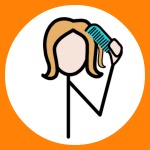 Familiarise
Familiarise
Try out some role-play at home to start with. See if your child will let you put your hand in their mouth to count their teeth before going to the dentist. Show what happens at the hairdressers by sitting them in front of a mirror with a towel around the neck to comb their hair.
For many children it can be helpful to watch another person having the experience first to get an insight into what to expect. Make a video or take your child along with you when a sibling or friend needs a hair cut or doctor’s check-up. Showing them getting a small treat or reward afterwards is a good incentive too!
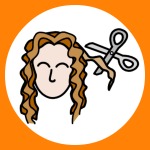 Visualise
Visualise
Prepare a visual support (like TomTag) that you can use to explain the order of events and what is likely to happen during the visit. Talk through the events with your child before you go to help reduce their anxiety about what to expect and take the support with you so that you can refer to it again once you’re there.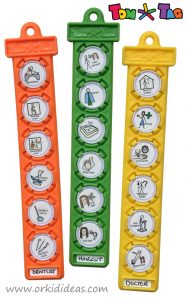
 Read it
Read it
You might want to try writing a short social story to explain what usually happens on a visit to the hairdressers, dentist, etc. or find basic story books about the subject. We found the Topsy and Tim series particularly popular with Tom!
Check out Living Well With Autism for lots of free downloadable visual support and social story ideas for dentist visits and this lovely story Suzie goes to the hairdresser from Suzie Books.
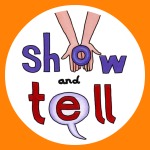 Communication
Communication
Talk to the professional you are visiting about the Tell – Show – Do approach, a technique often used by dentists with young patients to help reduce fear and anxiety about dental examinations.
First they should TELL your child what they are going to do using clear and simple language, supporting verbal language with visual supports if necessary (remember to take TomTag with you!). Next they SHOW the equipment and action involved – a dentist might lightly touch his scraper on the back of the child’s hand to demonstrate the sensation, for example. Now they are ready to DO the action for real.
The Toothpick blog have teamed up with Anna Kennedy to compile a list of autism friendly dental practices in the UK that are recommended by other parents.
 Sensory sensitivities
Sensory sensitivities
There will be many potential sensory triggers in these unfamiliar environments that can cause your child anxiety and stress. They’ll be experiencing unusual sounds and smells, there will be strangers in close proximity and the professional will most likely need to touch parts of the child’s body. Bring headphones or music if noises are upsetting and favourite comforting items such as toys, books or computer games. Letting your child know how long the appointment is going to last using some sort of timer might also help.
Ask staff to praise your child immediately and ignore any inappropriate behaviour. Try and stay as calm as possible yourself and use a reassuring, steady voice to help your child relax and get through the experience.
For a more detailed look at strategies, the National Autistic Society have some useful information sheets to help children with autism prepare for trips to the hairdresser, doctor or dentist.
If you’re interested in creating your own TomTag visual supports for appointments please click on the products listed below.

